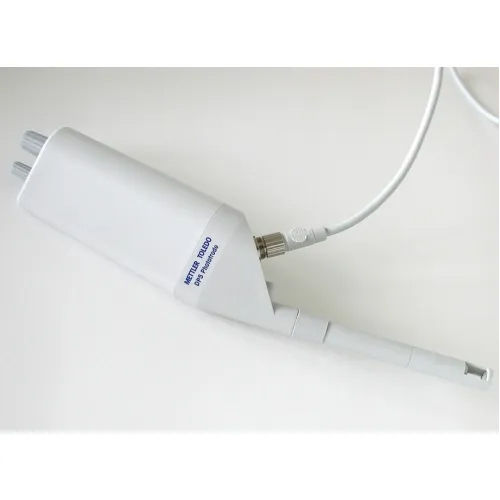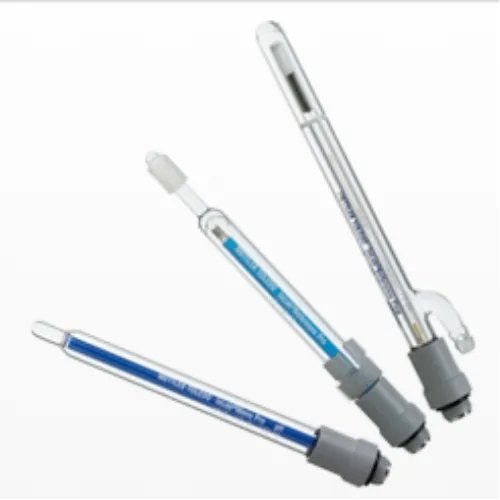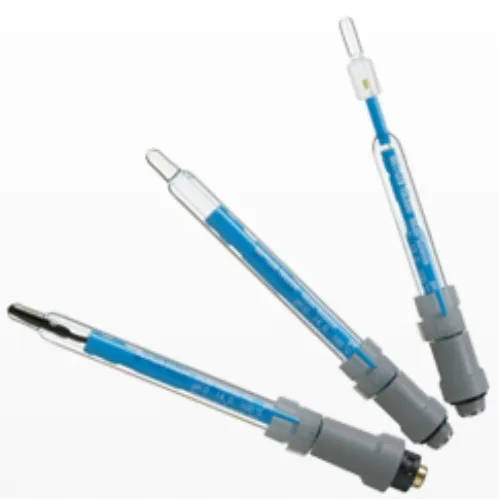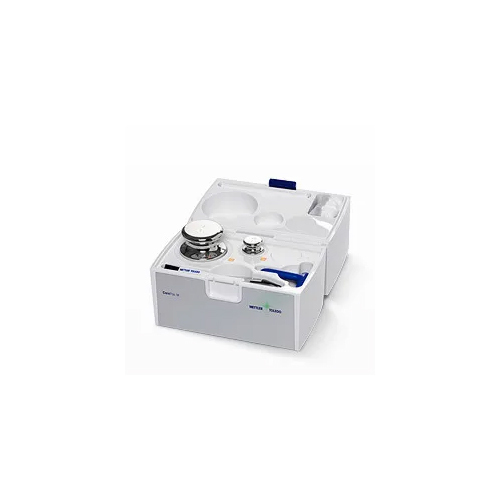Photometric Sensor
Product Details:
Product Description
Photometric Sensor
A photometric sensor is a device that calculates the amount of light absorbed by a sample or the intensity of light. To detect the concentration of various compounds in a sample for scientific analysis, medical diagnosis, and industrial processes, photometric sensors are frequently utilised.
In order to measure how much light is absorbed by a sample, photometric sensors shine light through the sample. The concentration of the material being tested is inversely correlated with the amount of light absorbed. An LED or laser light source and a photodiode or photomultiplier tube detector are frequently used in sensors to measure the amount of light that passes through the sample.
A spectrophotometer is another type of photometric sensor that detects light intensity at various wavelengths to ascertain a sample's composition. In order to quantify the quantity of DNA, proteins, and other biomolecules, spectrophotometers are frequently employed in scientific study.
In many situations where precise measurement of light absorption is essential, photometric sensors are a useful tool. With a variety of characteristics and capabilities that make them suited for a wide range of applications in many different industries, they are made to be very sensitive and accurate.
FAQ
1. How do photometric sensors work?
Ans - A photometric sensor is a piece of technology that gauges the amount of light present in a certain space. It is usually employed in commercial and industrial settings for things like safety, energy management, and lighting control.
2. What varieties of photometric sensors are offered?
Ans - Analogue and digital photometric sensors are the two primary categories. While digital sensors use a digital signal to measure light intensity, analogue sensors use a voltage signal to do so.
3. What are the benefits of utilising photometric sensors?
Ans - A few benefits of using photometric sensors include precision, adaptability, cost savings, and energy efficiency. Photometric sensors can be used to monitor and modify lighting levels, increase energy effectiveness, and lower lighting-related expenditures.
4. What drawbacks come with employing photometric sensors?
Ans - The biggest drawback of employing photometric sensors is their susceptibility to environmental elements like moisture and dust, which can impair the accuracy of their readings. In order to get correct results, some digital sensors need to be calibrated.
5. What are the most common uses of photometric sensors?
Ans - Common industrial and commercial uses for photometric sensors include lighting control, energy management, environmental monitoring, and safety. Additionally, they are utilised in medical settings to measure light levels in operating rooms, among other things.

Price:
- 50
- 100
- 200
- 250
- 500
- 1000+
Other Products in 'Laboratory Consumables & Accessories' category
 |
Mettler-Toledo India Private Limited
All Rights Reserved.(Terms of Use) Developed and Managed by Infocom Network Private Limited. |
 English
English Spanish
Spanish French
French German
German Italian
Italian Chinese (Simplified)
Chinese (Simplified) Japanese
Japanese Korean
Korean Arabic
Arabic Portuguese
Portuguese






